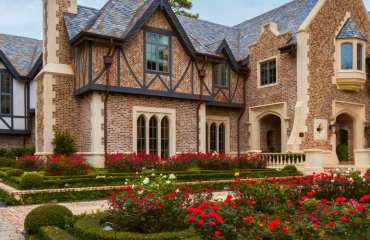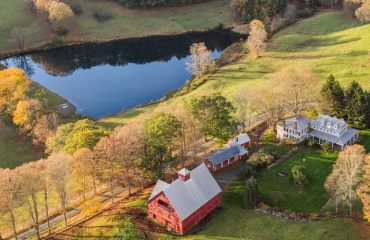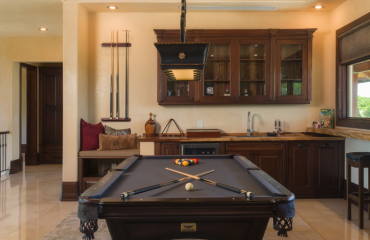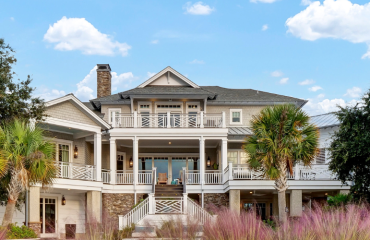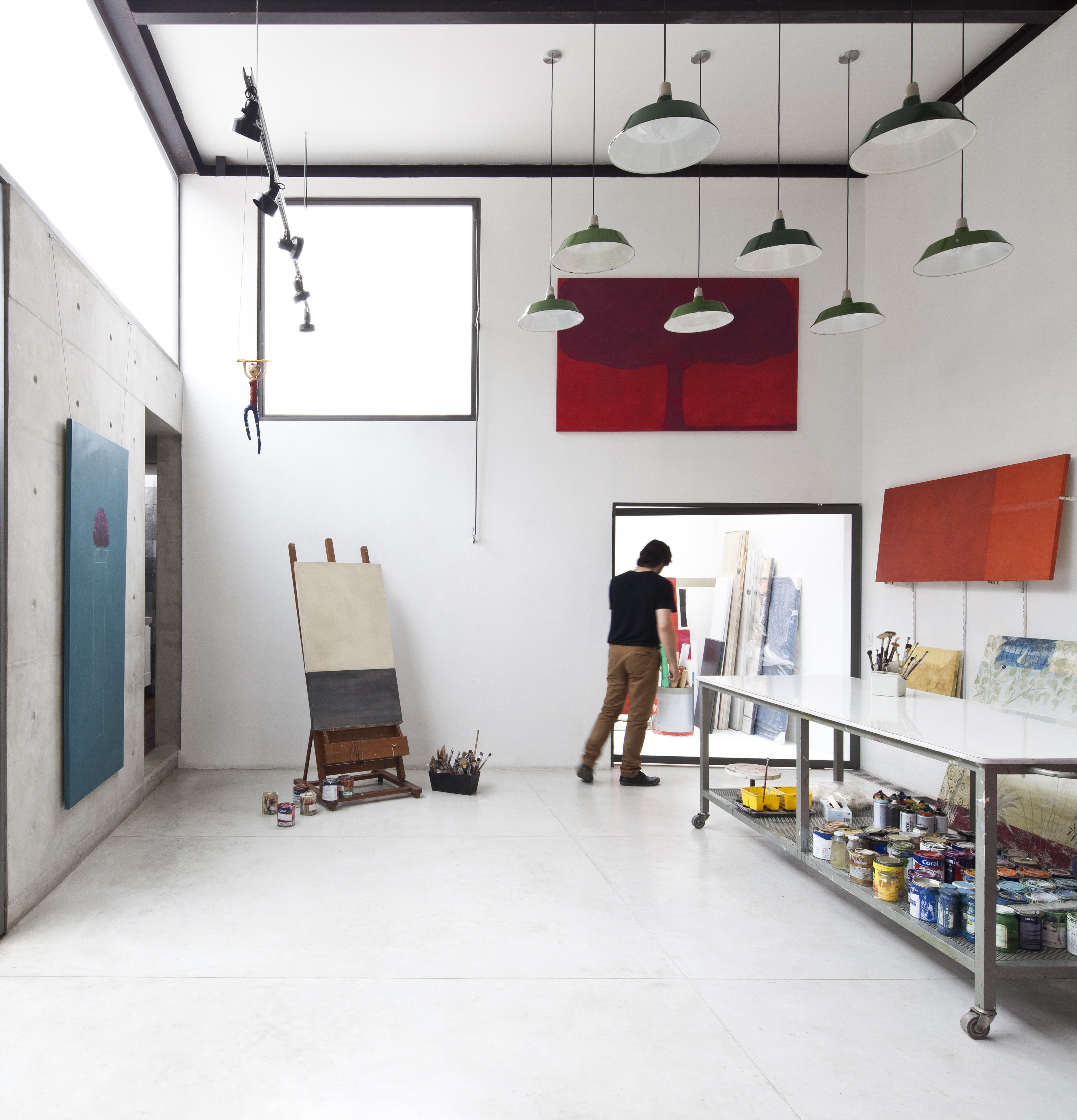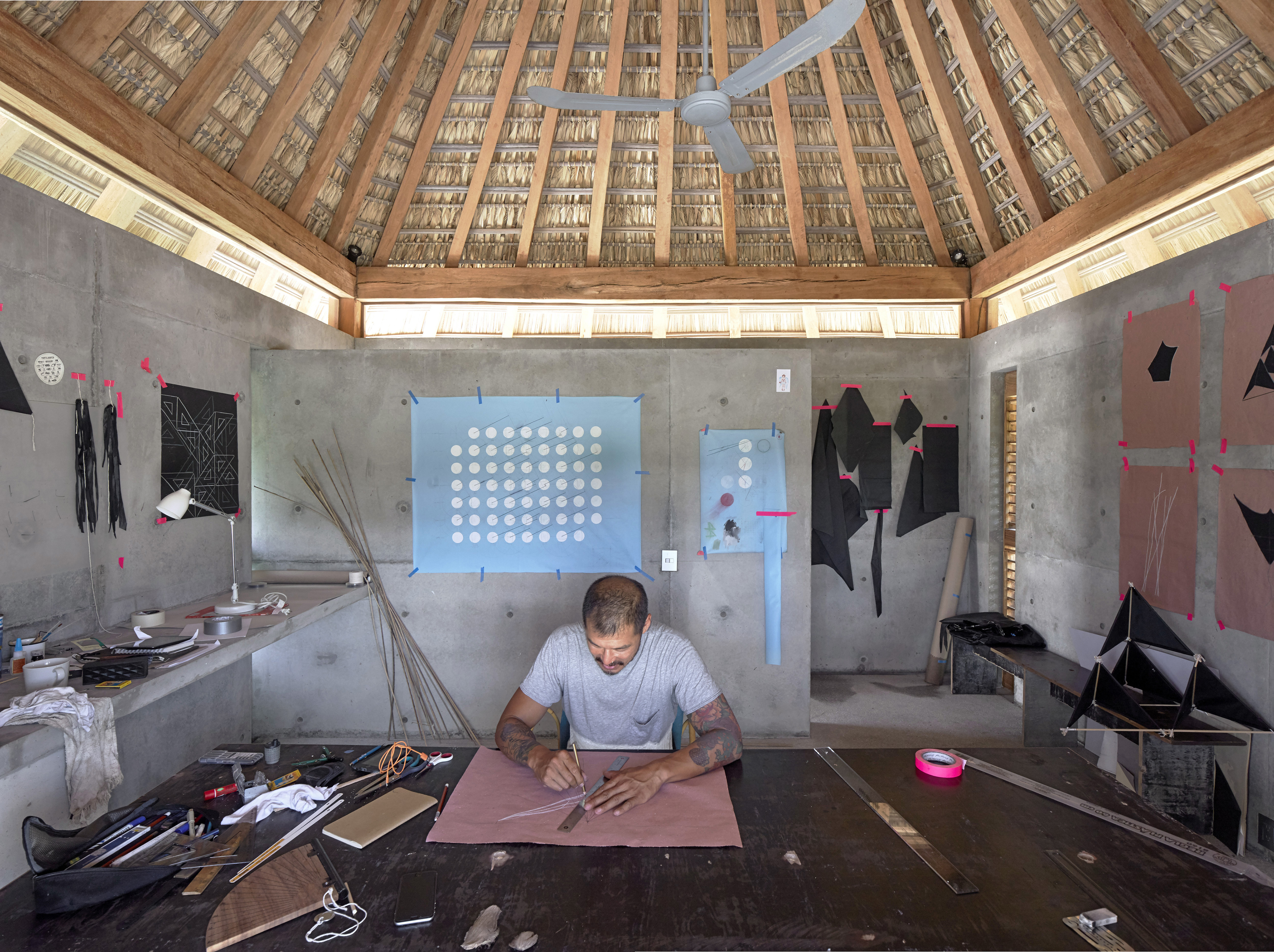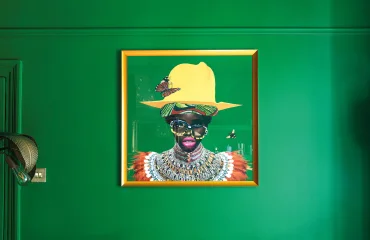Like the Songzhuang project, a brief in The Hamptons also had to accommodate two artistic minds. Architect Josh Weiselberg of TBD Design Studio in New York used disparate materials as a way of distinguishing the disciplines of his married clients Jeffrey and Lynn Leff. The studio comprises two intersecting volumes: one is a steel frame with a translucent polycarbonate curtain wall, and the other is a wood frame with cedar siding and punched windows. The first volume houses Jeffrey’s collage studio; the second is a ceramic studio run by Lynn.
“The two uses of the space were somewhat at odds with each other,” admits Weiselberg. “One involves a relatively sterile environment of paper and glue, while the other was likely to be filled with moisture and dust. The collage studio was conceived as a very still environment with lots of diffused natural light, hence the polycarbonate cladding. The ceramic studio, meanwhile, was conceived as a more open-air environment with lots of operable windows.”
The common thread running through all these projects? They demonstrate the imaginative solutions required to fulfill the requirements of artist clients. According to the architects, they’re often knowledgeable, keen to be involved, and happy to push boundaries. “Artists are generally visually very well-informed and enjoy the overall creative process,” observes Rundell.
